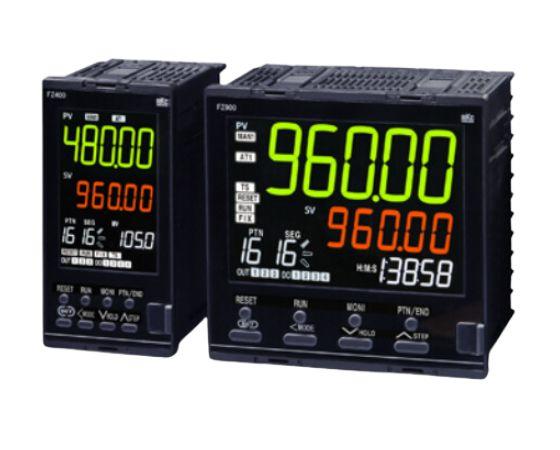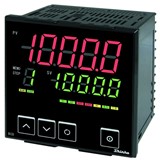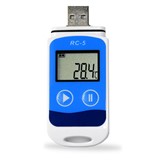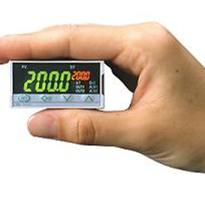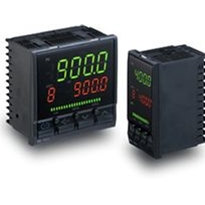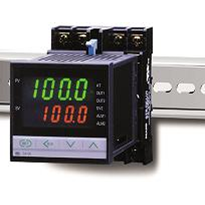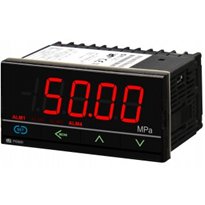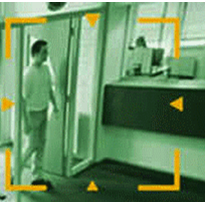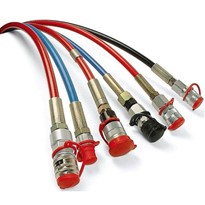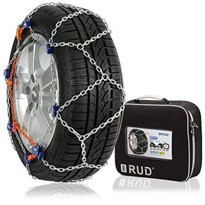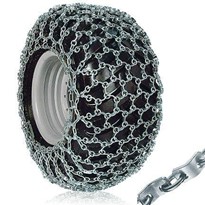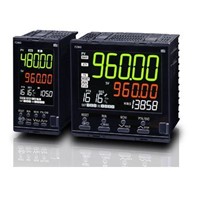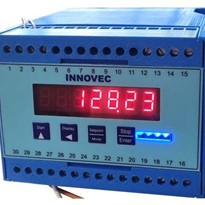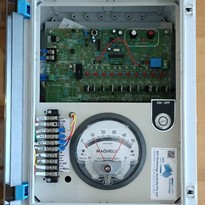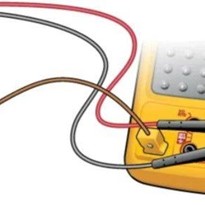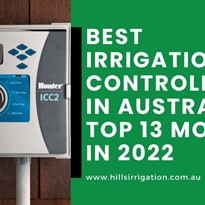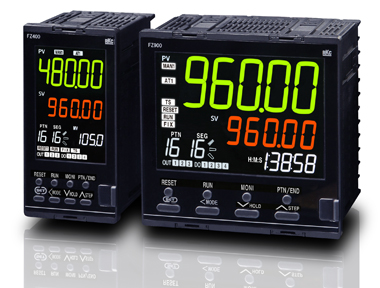 Pyrosales is a distributor for RKC controllers we supply to wide range industries such as manufacturing, food processing, and HVAC systems due to their high performance, accuracy, and robust design.
Pyrosales is a distributor for RKC controllers we supply to wide range industries such as manufacturing, food processing, and HVAC systems due to their high performance, accuracy, and robust design.
The Importance of Temperature Control.
Temperature controllers are indispensable in any process requiring a consistent and stable temperature. Whether it’s maintained the temperature of an industrial furnace or ensuring the perfect roast in a coffee roasting oven, temperature controllers provide the reliability and precision necessary for a wide range of applications. Process heating systems are responsible for suppling heat during various manufacturing processes and consist of four primary components:
Heat Transfer Devices: These devices transport heat from its source to the materials or product requiring heating, ensuring even distribution of heat.
Heat Generation Devises: Responsible for generating and supplying heat to the system, these devices must operate with efficiency and precision to maintain the desired temperature levels.
Heat Recovery Devises: Heat recovery systems capture and recycle excess heat, enhancing energy efficiency and reducing operation costs.
Heat-Containing Devices: This category includes heaters, furnaces, kilns, and ovens, which maintain the required temperature within the manufacturing process, ensuring consistent and reliable results.
To achieve precise temperature control within these systems, additional support systems are employed, including temperature sensors, temperature controls, process atmosphere control, and material handling systems.
How RKC Temperature Controllers work?
RKC temperature controllers operate by constantly comparing the current temperature with the desired setpoint. Based on this comparison, the controller adjusts the output to heating or cooling element. The operation can be summarised as follows:
Measurement: The controller continuously monitors the temperature using a sensor (e.g., Thermocouple or RTD).
Comparison: The measured temperature is compared with the setpoint temperature.
Calculation: Based on the comparison, the controller calculates the required adjustment using the PID algorithm or other control strategies.
Output Control: The controller adjusts the power supplied to the heating or cooling element to maintain the temperature close to the setpoint.
Styles of RKC temperature controllers.
On/Off Controllers:
What is a On – Off Controller?
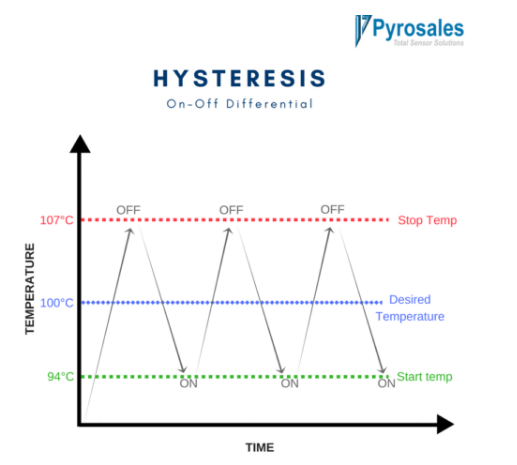 The on/off function controllers are the easiest and most effortless to utilise in the Pyrosales range.
The on/off function controllers are the easiest and most effortless to utilise in the Pyrosales range.
An on/off controller works by turning the control elements off when the temperature has reached PAST the set point value. As the temperature drops below the set point, the control elements will turn back on – turning off once it passes the set point. This process is continually cycling the temperature of the process.
Depending upon the desired set point and control process, the cycling of temperature and elements could happen at a faster rate, resulting in damaged elements or valves. If controlling temperature does not need to be precise, or machinery may get damaged by switching on and off too frequently – there is a function referred to as ‘hysteresis’ or commonly known as on-off differential. This function prevents the output from rapidly cycling through the temperatures and is available on all our instruments.
An example of Hysteresis function:
Having an oven set point at 100°C. The elements will turn on and off as soon as the temperature is reached, continually cycling at a rapid pace. Hysteresis allows the user to provide a wider range of temperatures in which the control elements will switch on and off. Rather than keeping the set point at 100°C, a range is provided to slow down the cycle – such as having elements turn off at 105°C and turn on at 95°C.
PID Controllers:
What is a PID Control?
 Proportional – Integral – Derivative (PID) controllers are Pyrosales’ most popular temperature instrument type. These controllers are control loop instruments – they automatically apply accurate and responsive correction to a control function.
Proportional – Integral – Derivative (PID) controllers are Pyrosales’ most popular temperature instrument type. These controllers are control loop instruments – they automatically apply accurate and responsive correction to a control function.
PID controllers work by being capable of continually calculating ‘error values’ between a desired set point and the actual temperature of a measured process variable. It then applies the correction based on the P, I and D values, respectively.
Auto tune: This is a function which is primarily designed to be available for PID controllers. This function automatically works out the best P, I and D values to suit your process by testing how long your control elements need to turn on and off.
An example of auto tuning a PID controller:
Setting an oven to 100°C. The heating elements will turn on and take the oven from ambient temperature through to the set point. The auto tune function can assess how quickly the heating elements reach the set temperature – therefore being able to time how long they need to remain running, and when they should turn off. Auto tune aims to reach the set point as quick as possible without overshooting the desired temperature.
Programmable Controllers:
Programmable controllers allow user to define temperature profiles over time. This is especially useful in processes with multiple stages or phases. RKC’s programmable controllers often come with user-friendly interfaces and can store multiple temperature profiles for different processes.
Touchscreen Controllers:
RKC offers controllers with touchscreen interfaces, providing a modern and intuitive user experience. These controllers often come with advanced features, graphical representations of temperature profiles, and user-friendly navigation.
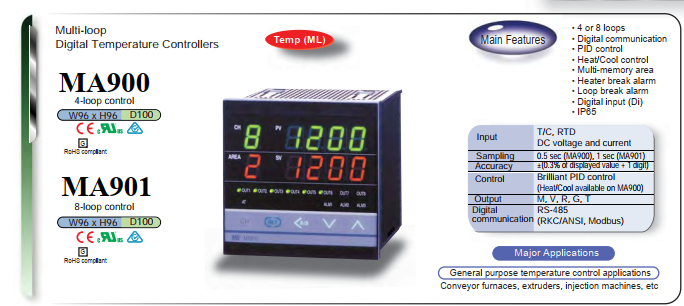
Multi-loop Controllers:
What is a Multi-loop Controller?
Multi-loop Controllers: For applications which need extra inputs and outputs, Pyrosales provide the MA900 and MA901 controllers. The MA900 can handle 4 channel input and output, whereas the MA901 handles 8 channel input and output. For complex systems with multiple heating or cooling zones, RKC provides multi-loop controllers. These controllers can manage and control temperature independently in various zones, optimising the overall process efficiency.
Ramp/Soak Controllers:
What is a Ramp/Soak Controller?
Ramp/Soak Controllers: These programming controllers provide a ‘ramp/soak’ function. A RAMP action occurs when the controller increases the temperature from ambient temperature to a set point. It remains at the set point for a desired amount of time (referred to as SOAK) – and then will ramp up to a new per-selected temperature. This RAMP/SOAK process repeats according to how it has been programmed. RKC temperature controllers are suitable for a vast range of applications eg:
- Plastic extrusions
- Scientific applications
- Food and Beverage
- Heat treating
- Ovens – including coffee roasting.
- Furnaces
- Incubators
- Temperature Alarming Systems (providing alerts to certain parameters)
RB Controllers:
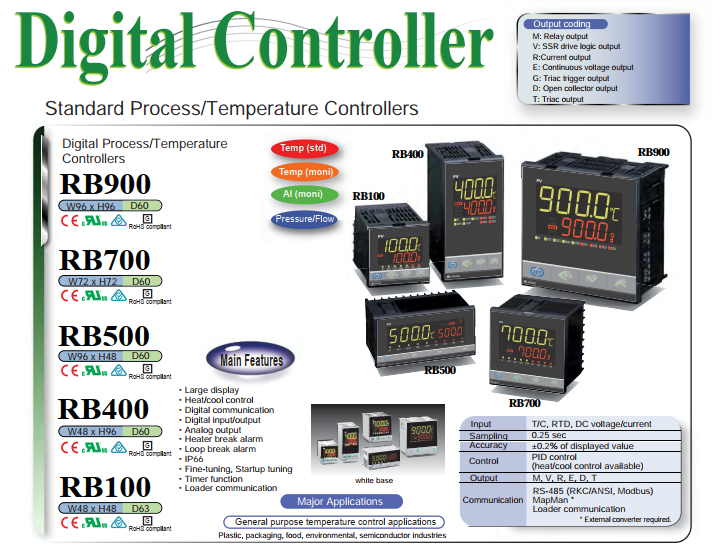
What is a RB controller?
RB Series Controllers: The RB Series combines easy-to-use operation with the latest temperature control advances. With powerful new features such as RKC’s new self-tuning for precise automatic control, digital communications for networking, IP66(IP65) for waterproof/dust proof protection and heater and loop break alarm capabilities to detect system failures, these controllers deliver exceptional process performance for the most demanding industrial applications. They are general purpose, single loop process controllers – 1 sensor input and 1 output. The range varies in DIN sizes/physical sizes, depending on your panel space – but they all provide the same functions. RB series also has a smaller depth than the popular CB series which is an advantage if space is an issue.
Information to consider when choosing your controller.
- Application that requires a controlled process and spacing available for controller size
- Input sensor type such as RTD or thermocouple
- Length of stem of the sensor if required.
- Output type: relay, SSR or analogue for example 4-20mA
- Type of function you require: PID or on/off.
- Any other relevant information: Alarms, ramp/soak, auto tune etc.
Pyrosales engineers are available to consult on various stages of any project, from the development and planning of a new project to modifying or upgrading an existing facility. Our staff is here to provide you with assistance and recommendations to ensure the best outcome and value. We are happy to visit our clients on-site or conduct meetings from one of our offices.


